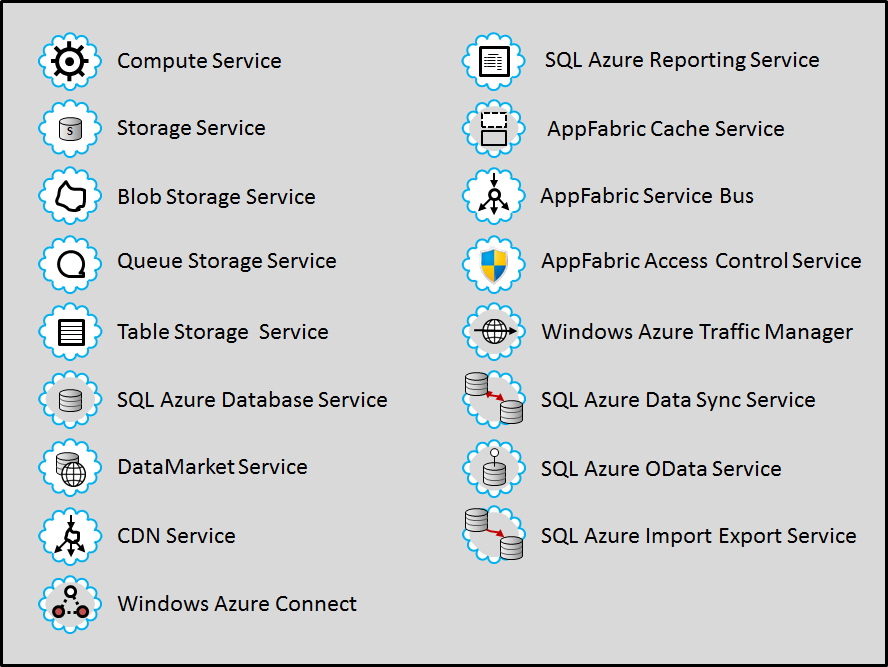Beginning October 1st, we will make two billing related updates to the Windows Azure Platform to increase flexibility and simplicity for our customers.
First, the price of extra small compute will be reduced by 20 percent. Additionally, the compute allocations for all of our offers will be simplified to small compute hours. To deliver additional flexibility to our customers, these hours can also be used for extra small compute at a ratio of 3 extra small compute hours per 1 hour of small compute. Customers can also utilize these hours for other compute sizes at the standard prescribed ratios noted in their rate plan. Additionally, current Introductory Special offer customers and customers who sign up for this offer prior to October 1st will receive both 750 extra small compute hours and 750 small compute hours for the months of August and September to ensure maximum value and flexibility in advance of this enhanced offer.
Details on compute allotment by offer can be found below.
| Prior to October 1 | Beginning on October 1 | ||||
| Offer: | Extra Small | Small | Extra Small | Small | Extra Small Equivalent |
| Introductory Special* | 750 | 750 | - | 750 | 2,250 |
| Cloud Essentials | 750 | 25 | - | 375 | 1,125 |
| MSDN Professional | 750 | - | - | 375 | 1,125 |
| MSDN Premium | 1,500 | - | - | 750 | 2,250 |
| MSDN Ultimate | - | 1,500 | - | 1,500 | 4,500 |
*Note: On August 1, we increased the number of small hours included in this offer from 25 to 750. For the months of August and September, Introductory Special users will get both 750 extra small compute hours and 750 small compute hours. Once small hours and extra-small hours are swappable beginning on October 1, Introductory Special will only include 750 small hours.
We are also simplifying our data transfer meters to utilize only two zones, "Zone 1" and "Zone 2". The zone meter system will simplify the current meter system that includes multiple regions and separate meters for both standard data transfers and CDN. Data centers in Europe and North America will be reported and charged under Zone 1 and those for the rest of the world will be classified as Zone 2. This change will ease customer's ability to monitor data transfers and understand billing charges. The price per GB for outbound data transfers will not change. Customers will also gain the flexibility to utilize CDN data transfers against any data transfer amounts included with their offer. For billing periods that overlap September and October, customers will see both the current regional and new Zone 1 and 2 meters on their invoice These changes are part of our ongoing commitment to deliver world class services in a simple and flexible way to customers.
The Windows Azure Platform Team
This message from Microsoft is an important part of a program, service, or product that you or your company purchased or participate in. Microsoft respects your privacy. Please read our Privacy Statement.





